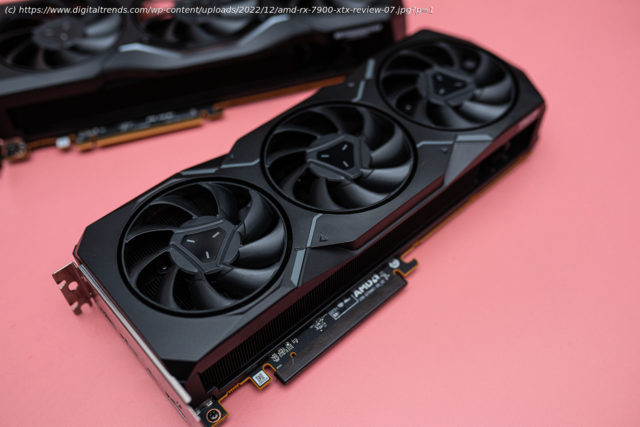The 7900 XT and the 7900 XTX are AMD’s new flagships, the first of AMD’s new RX 7000 series. Here’s how these two GPUs differ.
The long-awaited RX 7000 series has finally arrived, or more specifically, AMD’s two top-end GPU flagships have. The 7900 XT and the 7900 XTX are set to go head-to-head with the Nvidia RTX 4080, although they may not keep up with the RTX 4090.
Given how different the 4080 and 4090 are from each other, you might wonder if the same thing is going on with the 7900 XT and the 7900 XTX. Here’s everything we know so far.
Announced for the first time on November 3, 2022, the 7900 XT and 7900 XTX are up for grabs starting December 13, priced at $900 and $1,000, respectively. The pricing structure here is similar to the RX 6000 series, which had the $999 RX 6900 XT, then added a $900 GPU.
This could help bridge the gap between the higher-end RX 7000 GPUs with the top-end models; by contrast, the RX 6800 XT launched for $649, well below the 6900 XT’s price tag, with no GPU in between the two models.
Here’s a quick look at how these two models differ on the spec sheet.
Essentially, the 7900 XTX has the full Navi 31 GPU with all the bells and whistles, while the 7900 XT is slightly cut down. The XT model has 84 of the 96 Compute Units (or CUs) that Navi 31 has to offer, a clock speed of 2GHz as opposed to the 2.3GHz on the XTX, and 20GB of memory instead of 24GB GDDR6.
The Total Board Power (TBP) for the 7900 XT is also a little lower, of course, as is the clock speed. Overall, both GPUs are quite similar — the only real difference lies in the performance.
The 7900 XT and 7900 XTX are both powered by the new RDNA 3 architecture, which is radically different from RDNA 2, the architecture inside of RX 6000-series GPUs. The two GPUs share the same architecture, but it’s worth exploring when considering AMD’s latest and greatest.
Most importantly, chiplets, the technology that propelled Ryzen into first place in 2019, have finally come to GPUs. That’s big news, but the chiplet design for RX 7000 is in many ways very different from what we’ve seen with Ryzen and other AMD CPUs. Instead of having multiple dies for cores and one extra die for I/O and other functions, RX 7000 GPUs have one die with all the cores and several dies that each have one GDDR6 memory controller and 16MB of Infinity Cache.






